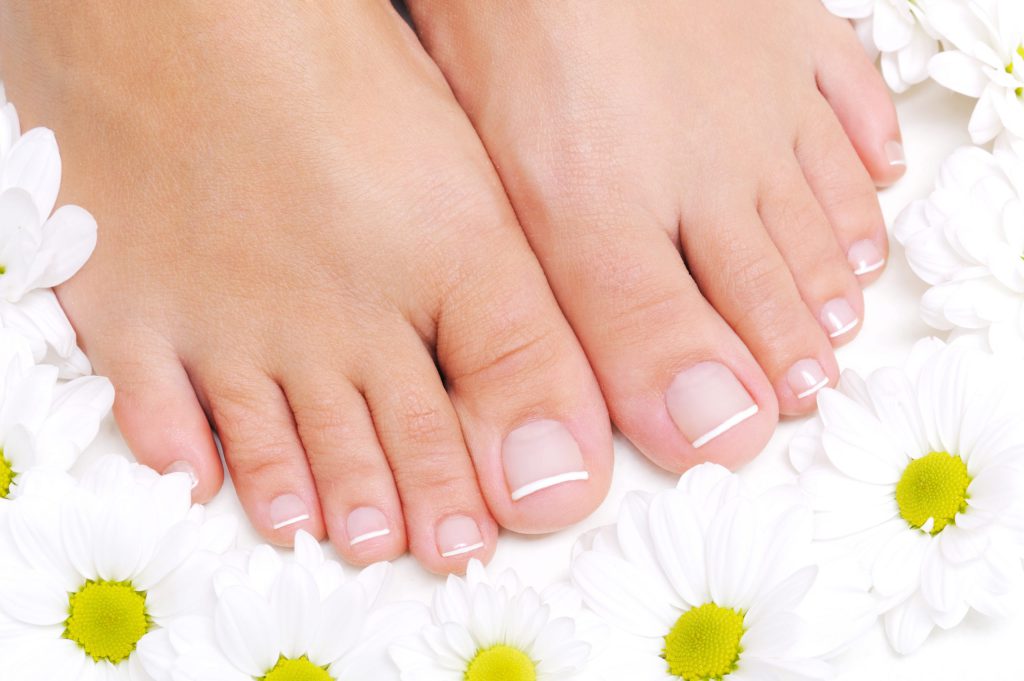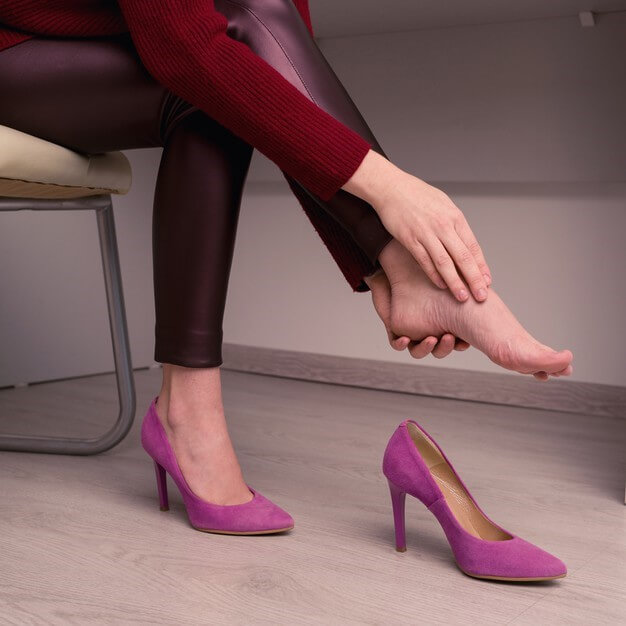Common causes of nail problems and how to care for your nails
Nail problems, such as brittle and loose nails that may change color or shape, are usually caused by nothing serious. It’s normal for your nails to change shape over time, such as: It gets thicker or becomes brittle and breaks easily with age It becomes firmer, softer, or more brittle during pregnancy, but should be healthier within 6 months after delivery. Discoloration and fall off after injury, often growing back within 6 months, however, toenails can take up to 18 months. Tips for taking care of your nails Wear rubber gloves if your hands are often in water or if you use cleaning products regularly Clean your nails with a soft nail brush Apply hand cream regularly to your nails and fingertips Trim your nails regularly, it is best to cut them after showering Cut the infected nails to the site of the injury, as this helps them grow naturally Clip your nails straight to avoid the appearance of an ingrown nail Do not use sharp tools to clean under the nails. Choose the right shoes, here are 15 tips that will help you Stop biting nails or the skin around them Take extra care for fungal infections on your skin, such as athlete’s foot. Causes of nail problems Most nail problems are caused by: Injuries or biting nails Dyeing nails, whether due to smoking or a lot of nail polish Cut nails at an angle or not trim them regularly fungal infection Also, sometimes nail problems can be a symptom of another health problem, such as: nail psoriasis Anemia due to iron deficiency Underactive thyroid gland or hyperthyroidism diabetic Heart, lung, and liver disease Check your nails regularly You should constantly check your nails because their health can be a sign of your general health. For example, diabetes, lung disease, and liver disease can cause nail discoloration and changes in the growth rate, while nails are usually healthy and smooth. Also, some nail problems must be treated so as not to worsen, such as: Bacterial and fungal infections Ingrown nail Warts When do you visit the doctor? It is true that not all nail conditions are normal, but you will need to consult a doctor if you notice: Changes in nail color, such as a change in the color of the entire nail or the appearance of a dark line under the nail Changes in the shape of the nails Thinning or thickening of nails Separation of the nail from the surrounding skin Bleeding around the nails Swelling or pain around the nails
Common causes of nail problems and how to care for your nails Read More »












